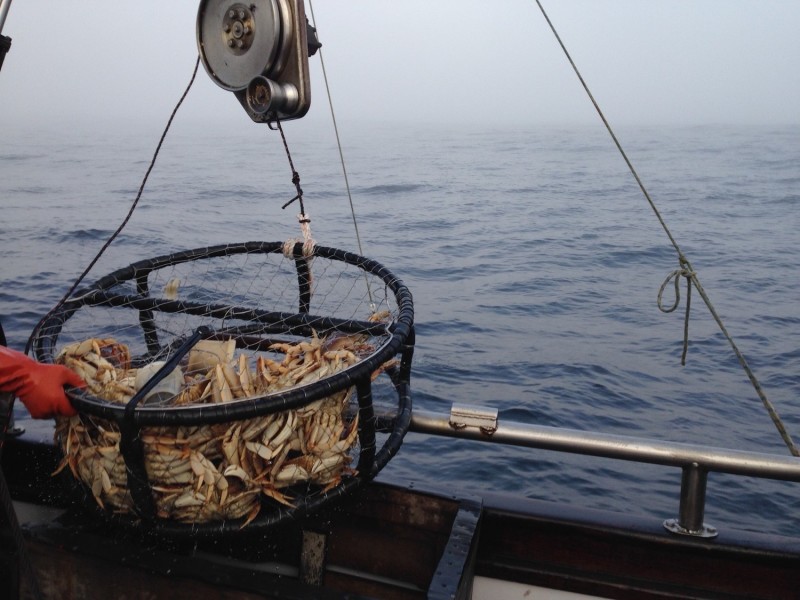As the annual migration of humpback whales makes its way up the California coast, the California Department of Fish and Wildlife (CDFW) is tightening restrictions on Dungeness crab gear to protect the endangered mammals while allowing fishing to continue where it’s safe.
Starting at 6 p.m. on April 15, new measures will go into effect for both commercial and recreational fisheries under the state’s Risk Assessment Mitigation Program (RAMP). The latest call from CDFW director Charlton H. Bonham balances the need to keep fishermen on the water with increasing risk of entanglements as whales return to forage offshore.
For commercial fleets, zones 1 through 3- stretching from the California-Oregon line down to Pigeon Point in San Mateo County- will remain open, but with trap reductions still in place. A new twist this season is the addition of a 30-fathom depth constraint, banning trap use in deeper waters beyond the contour line identified in federal regulations.
Zones 4 through 6- from Pigeon Point south to the U.S.-Mexico border- will close to commercial fishing entirely. At that point, the commercial take and possession of Dungeness crab from those zones will be prohibited.
For recreational crabbers, the changes are less severe but still significant. Trap use will be restricted in zone 4, from Pigeon Point to Lopez Point in Monterey County, though take by hoop nets and crab snares will still be permitted through the end of the season.
CDFW is urging all participants in the crab fishery- both commercial and recreational- to follow the Fleet Advisory still in place across all open zones. “Implement best practices,” the department emphasized in a releaser, pointing to its Best Practices Guide as a critical resource for minimizing gear-related whale entanglements.
As always, the window for safe fishing is tight. With whale sightings expected to ramp up in the coming weeks, CDFW is encouraging fishermen to stay alert and be ready to pull gear fast if needed.
For those working clean-up operations, there’s a key date to note- April 22 at 6 a.m. Commercial vessels can retrieve lost, damaged, or abandoned traps in the closed zones 4 through 6. That included operations authorized through the state’s Lost and Abandoned Gear Retrieval Program. Fishermen are also asked to report any recovered gear directly to WhaleSafeFisheries@wildlife.ca.gov.
CDFW notes that any vessel operating in an open zone can carry no more than six traps belonging to another boat, per state regulations.
The next risk assessment is expected in mid-April, and all eyes will be on the whale counts as they roll in.







